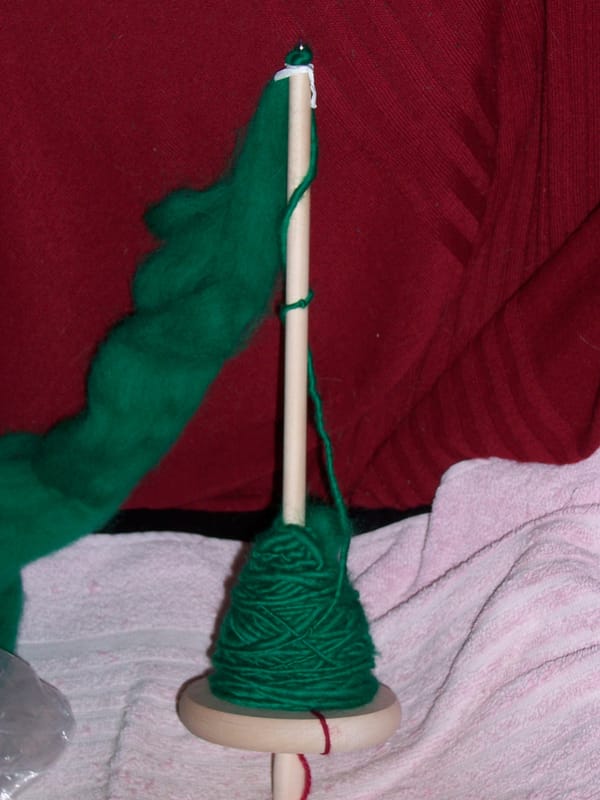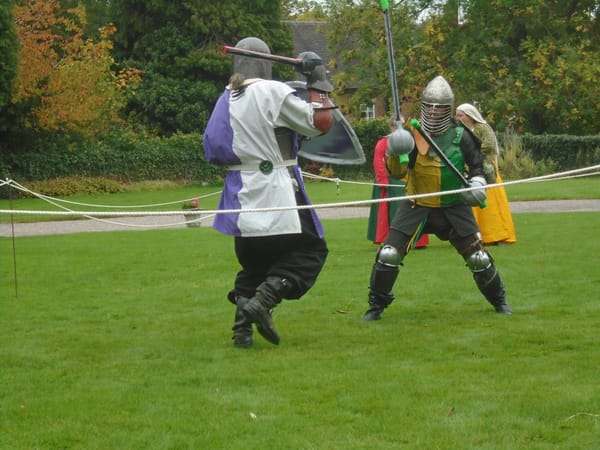A technical challenge

I have been batting away at translating the Puncetto Valsesiano manual for a while now, and the first thing to say about it is that it is very slow. If it was just a matter of translation, it would be a great deal faster; but, by the nature of the book, there are lots of diagrams. I am working from scans, and, as everyone knows, scans rarely come out entirely straight; so, every time I encounter a diagram, my first task is to screencap it and then rotate to straighten it up. If I don't do this, the captions are going to look, at best, odd.
The diagram shown in the feature photo is pretty typical. For the benefit of anyone using a screen reader, it shows how to do a row of small holes (in this case, between two filled-in side bands). There is a series of diagrams on squared paper on the left-hand side showing a schematic of the work in various stages of completion, and against each of these diagrams there is a text explanation which doesn't make any sense unless you have already worked carefully through all the preceding pages, so I am not going to reproduce it here. Even if you have already translated the book up to this point, it takes some thought to make enough sense of the text to work out how to render it, and I had to put in an extra note to explain what was meant by a "return knot". When you are making puncetto, you never turn the work; rows are worked first from left to right (the forwards row) and then from right to left (the backwards row), and the manual treats these as half-rows. A full row is considered to be one pass in each direction. The knots for the two rows are not the same; they are, in fact, mirror images of each other. So a "return knot" is a knot of the sort you would make on the return (backwards) part of the row.
For each diagram, once I have straightened it up and (if necessary) cleaned up any grey edges, I then remove the Italian captions, one at a time, and replace with the translated text. This may or may not fit easily into the available space, depending on whether the English version is shorter or longer than the Italian, so occasionally elements of the diagram need to be judiciously moved around. Once I'm happy with the diagram, I can export it to a saved .png file and then import that into the text at the relevant location. If I do ten of those in a day, I'm doing extraordinarily well.
That is not all. Since this is a technical manual, there are, obviously, unfamiliar words, so I keep my trusty Zingarelli close at hand. (This is not a bilingual dictionary. It's an actual Italian dictionary; my Italian is good enough to find that more useful. It is also a brick; there are 56 000 entries, plus a number of very helpful diagrams, so that if you should, for instance, look up the word giochi, which means "games", you won't just get the definition of the singular word gioco, but on the next two pages there is a full spread covering a huge range of toys and games designed for both children and adults, each labelled with its name. There's even an abacus illustrated, though I'm not sure I'd call that a game, as such; for the curious, that is un pallottoliere.) Zingarelli is a great help, but one or two of the words are so extremely specialised that it doesn't list them; and the first of these to pull me up short was un autin.
I hadn't seen this word before. It didn't even look Italian to me, and when I discovered that it had an invariant plural, my suspicions were confirmed; it was clearly a foreign import, and my first guess would be French. (I should explain that some native Italian words do have an invariant plural, but they tend to be those which end in a stressed A vowel. Most words with invariant plurals are foreign.) Zingarelli didn't list it, so I enquired on Mastodon, and didn't get an immediate response; however, as I pushed on with the translation, I found a diagram which made it completely clear what un autin was. It is, quite simply, a diamond motif. I breathed a sigh of relief, went back to my original note on the text, removed the note, and translated it as "a diamond". The following day I got a reply on Mastodon telling me that un autin was a technical term in Puncetto Valsesiano lacemaking, it was not an Italian word, and it meant a diamond motif. I thanked the commenter - it's always good to have confirmation - and asked if she knew where the word came from; but sadly she didn't. Interestingly, she thought possibly it might be German rather than French, as Valsesia is near the German border.
There are also a few terms which are just not what I'd expect, and I can't quite decide whether they are somewhat archaic (after all, I don't know exactly when this book was written) or dialectal. I stare at them for a while trying to make sense in the context of the meaning that I know for them, then resort to Zingarelli, who gives me a few more meanings. I eventually decide it must be a certain one because of the context, and then I think "OK, fine, but why didn't she just say [X]?" And this is why I don't use a bilingual dictionary, in a nutshell.
Still, slowly but surely, I am getting there, at the rate of usually a few pages per working day. (I also have the OU work to do, so I can't go flat out on it.) By the time I actually start trying to make the lace, I'm going to have a very good general idea of how to go about it.
On a totally unrelated note, craft serendipity has struck again. You may recall that in Monday's post I was persuaded to take up spinning again by someone who successfully convinced me (by dint of overwhelming evidence) that my first attempt at spinning was not, as I'd always thought, terrible, but actually amazingly good for a first attempt; but I'd decided to leave that for a bit because I have too much else on. Well, no sooner had I posted that (pretty much) than all the ganutell stuff arrived. I opened the book... and the first thing I learnt about ganutell was that I need a drop spindle. No kidding. I need it to spin the thread and the wire together to make what the book refers to as "prepared thread". (That is not, in fact, the only ganutell technique; I can use other techniques for a while without a spindle. But, even so, if I want to make a decent range of ganutell pieces, the spindle is going to be necessary.)
Even if I live to 100 like my late great-uncle, I am never going to have time to do all the crafts I want to do. But I'm going to have a jolly good go!




